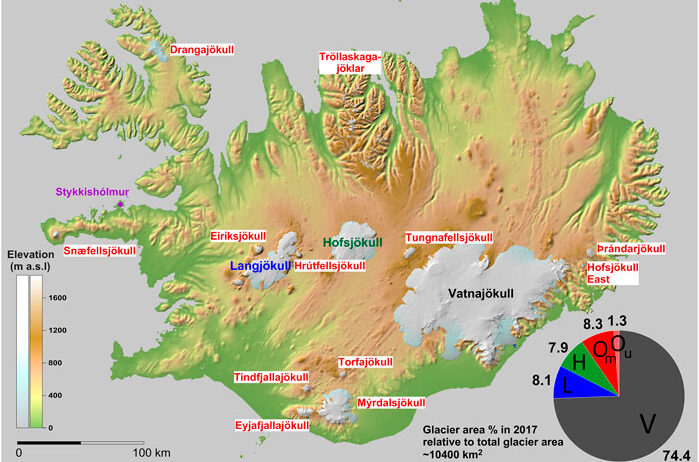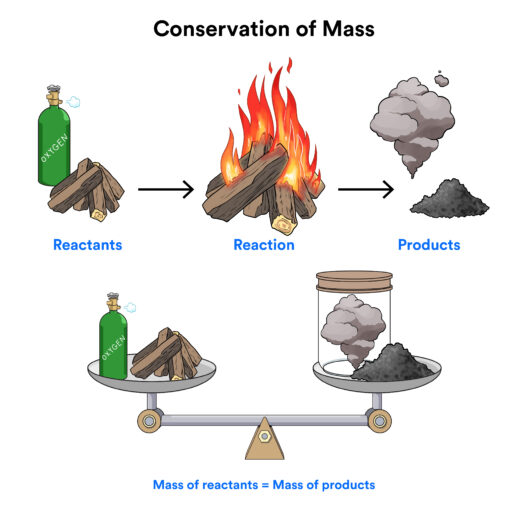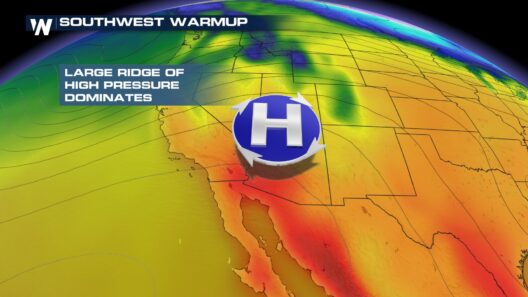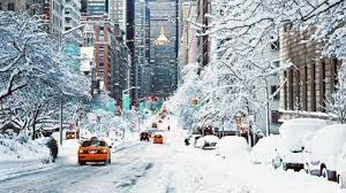Iceland, often dubbed the land of fire and ice, presents a compelling tableau of extreme climatic contrasts that reflect both its geological complexities and the urgent challenges posed by climate change. This juxtaposition not only fascinates visitors but also serves as a microcosm for the broader environmental crises affecting our planet. The island nation, which hosts a unique synergy of glacial expanses and volcanic activity, paints a vivid picture of resilience and vulnerability against the backdrop of a warming world.
In this extraordinary realm, glaciers such as Vatnajökull and Langjökull maintain a precarious balance with the seething geothermal forces that lie beneath. As one gazes upon the icy blue glaciers, a sense of tranquillity prevails, yet this serenity belies the underlying turmoil. The juxtaposition of the towering ice caps and the rhythmic rumblings of volcanoes creates a spectacular landscape that is both alluring and alarming. Iceland’s glaciers—massive, ancient, and rapidly retreating—stand as towering sentinels of climate inaction, their melting heuristically mapping the journey into a future that remains murky and unpredictable.
Fire and ice also speak to a deeper narrative of transformation. The glaciers, composed of compacted snow accumulated over centuries, are delicate ecosystems. They are increasingly vulnerable to the ravages of rising temperatures, with studies indicating that many of Iceland’s glaciers could face catastrophic reductions within the next few decades. This accelerating thaw not only contributes to rising sea levels globally but also disrupts the fragile balance of local flora and fauna that have adapted to these icy bastions. As a result, the retreat of these glaciers reveals not just an environmental catastrophe but an existential threat to the biodiversity that relies upon these unique habitats.
The volcanic eruptions, exemplified by the eruption of Eyjafjallajökull in 2010, serve as stark reminders of nature’s untamed fury. Such events, while explosive and chaotic, also provide fertile ground for new life, illustrating an intricate relationship where destruction paves the way for renewal. The volcanic ash enriches the soil, fostering the growth of unique vegetation that thrives in this paradoxical environment. This dynamic reinforces the narrative of resilience—life can emerge in the most inhospitable of conditions, yet it remains acutely sensitive to change.
As Iceland grapples with these dual challenges of ice melting under persistent heat and the unpredictability of volcanic activity, the metaphor of fire and ice becomes increasingly relevant. It underscores the criticality of understanding and addressing climate change not as a distant threat, but as a pressing reality requiring immediate action. The island serves as a tangible reminder that while nature possesses an awe-inspiring capacity for regeneration, it is fundamentally threatened by human-induced environmental degradation.
Societal responses to these climatic threats reveal a complex interplay between tradition and innovation. Iceland’s reliance on geothermal energy, stemming from its volcanic heritage, illustrates a sustainable model in an era marked by fossil fuel dependency. Harnessing the earth’s internal heat for electricity and heating, Iceland sets a notable precedent for energy production. This innovative approach not only underscores the symbiotic relationship between Iceland’s geological features and its energy policies but also serves as a beacon of hope for countries grappling with energy crises.
However, the island’s vulnerability is laid bare in the face of continual environmental neglect. Rising sea levels threaten not only coastal communities but also the very essence of what makes Iceland unique. Changes in weather patterns have resulted in the unpredictability of natural resources, affecting agriculture and water supplies. Farmers in the fertile valleys confront unprecedented challenges, adapting to a swiftly changing climate while still striving to uphold traditional practices. This dichotomy between preserving heritage and embracing adaptability encapsulates the broader struggle societies face worldwide as they confront climate realities.
As observers of this ecosystem, both local and global communities share a responsibility to forge paths towards sustainability and stewardship. The imperative to advocate for policies that mitigate climate change is not merely a call to action; it is a moral obligation to future generations. Embracing the lessons learned from Iceland’s duality not only informs a pragmatic approach to environmental issues but also enriches the dialogue surrounding climate advocacy.
Iceland’s fire and ice metaphor encapsulates a unique appeal—an embodiment of nature’s brilliance and fragility. It urges us to recognize that while we may experience the thrill of volcanic eruptions and the breathtaking beauty of glaciers, the reality is that they are interlinked within a delicate web of balance. As temperatures rise, and as glaciers recede, this enchanting landscape faces an uncertain fate.
Ultimately, the future of Iceland—and the planet—rests in our hands. In an era where climate change dominates discourse, narratives steeped in traction and urgency must take precedence over complacency and denial. By acknowledging the enchanting interplay of fire and ice, we are reminded that it is our collective duty to protect these natural wonders, safeguarding them not only for ourselves but for the myriad forms of life that cohabitate this earth. The fire and ice of Iceland implore us to act now, to cease being mere spectators, and become active participants in the preservation of our planet’s irreplaceable treasures.







